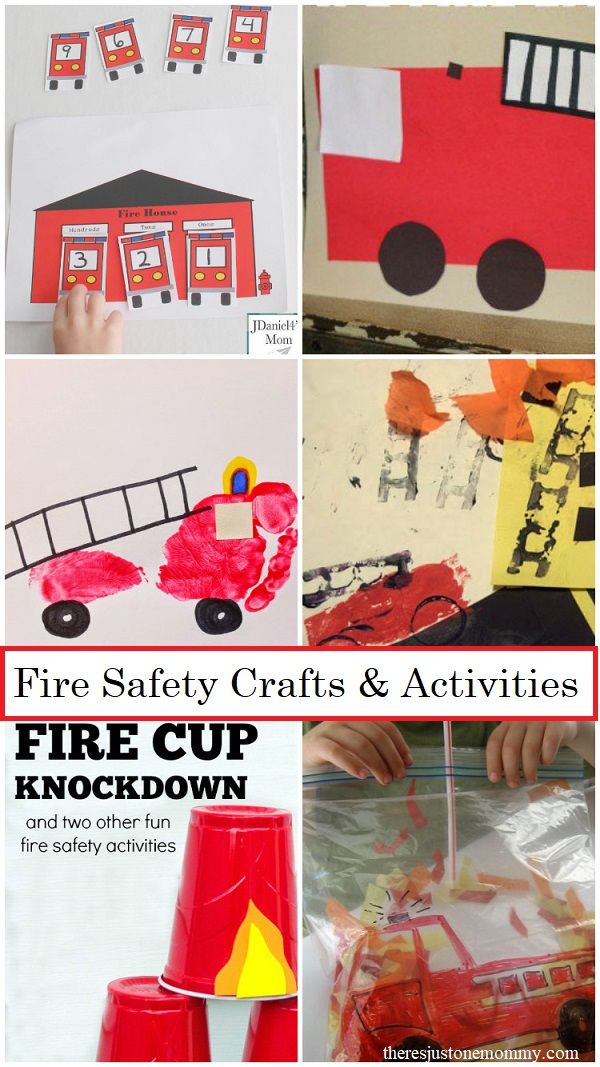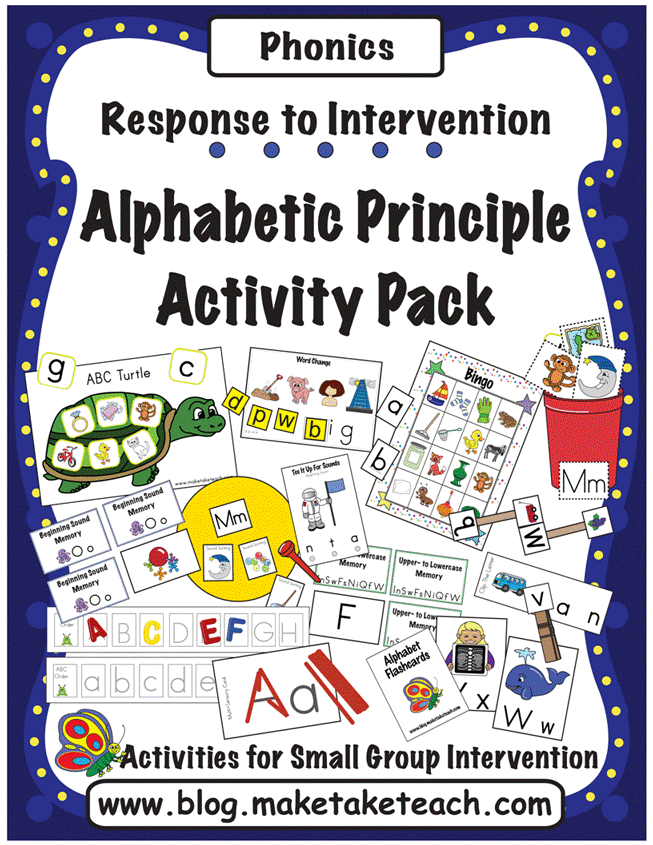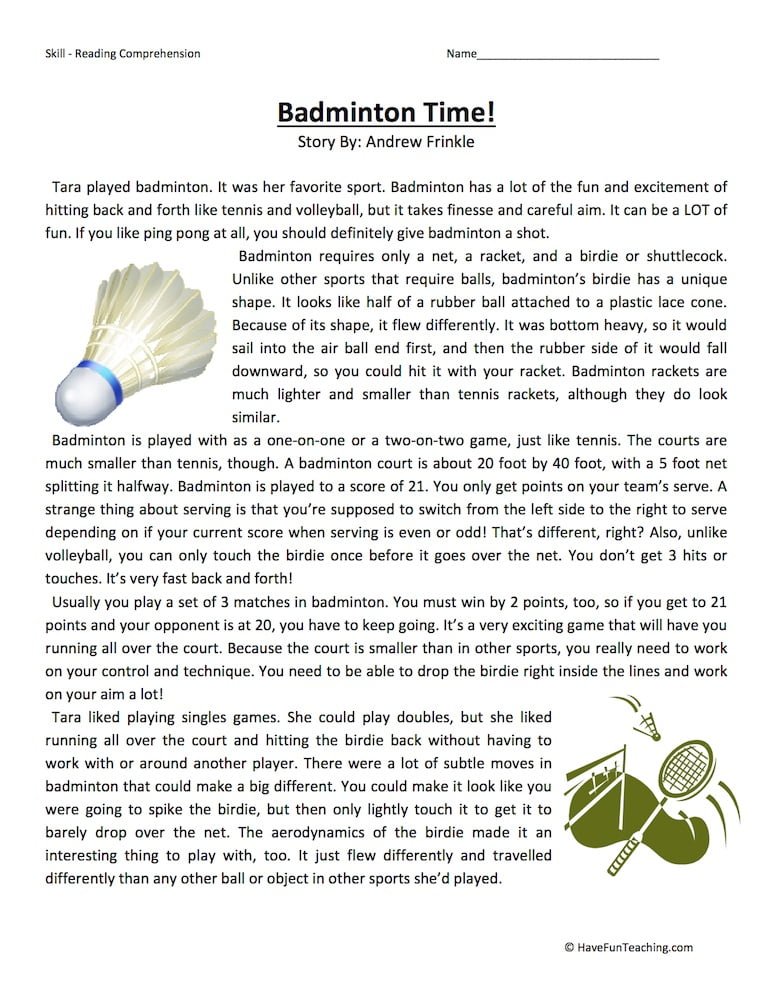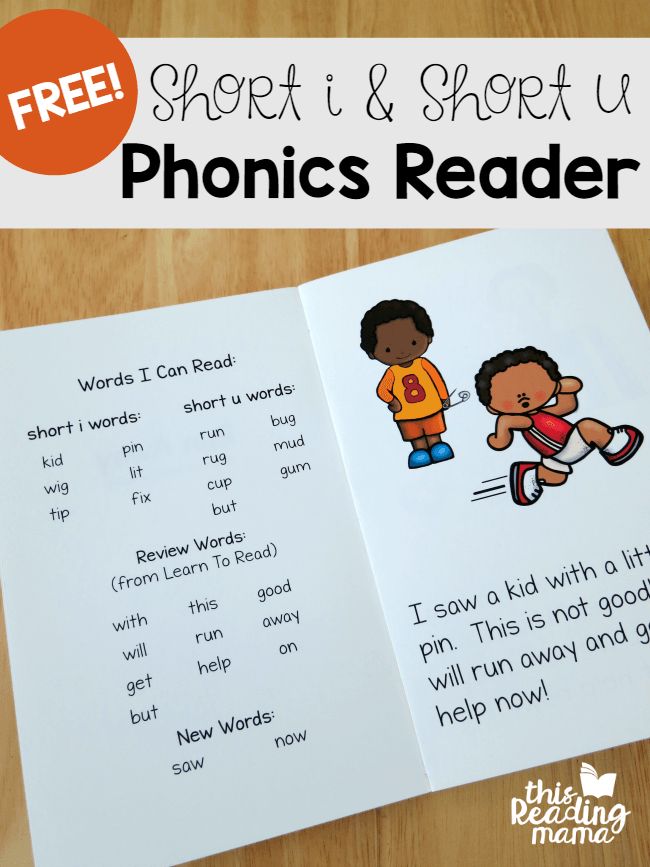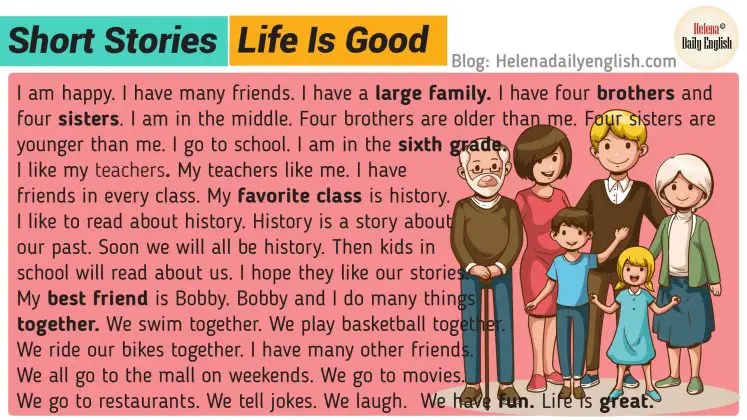Fun writing activities 2nd grade
Writing Activities for Your Second Grader
Try these writing ideas at home
Write for a reason
Help your child see that we write for a specific purpose and audience. Here are some writing prompts to try:
- Have your child write instructions for taking care of the family pet. These will be useful as you plan your summer vacations!
- Make a shopping list before going to the grocery store.
- Write an online review of a book or an item you recently purchased or a recipe you tried.
- Talk about the presidential election and write a description of the kind of president you want.
- Find a picture in the newspaper and write an article to accompany it.
- Have your child start keeping a personal diary, a household guestbook, or a baby book for a younger sibling.
Make a journal jar
A journal doesn’t have to be a diary. It can also be a book where your child writes about ideas or answers questions, like “If you could do anything next summer, what would you choose?” A journal jar is a place to keep all those ideas and questions. Wash and decorate a wide-mouthed jar, like one that used to contain peanut butter. Then, write or print out journal prompts on slips of paper. Ask your child to pull out one prompt each day and write about it in her journal.
Play “tell me how”
In this activity your child pretends she’s writing to a space alien who doesn’t know anything about our culture. This alien does everything exactly as it’s said or written. Your child’s job is to choose an everyday task, like brushing her teeth or making a sandwich. Then, she needs to write step-by-step directions about how to do the task for the alien. When she’s done, you get to be the alien and try to follow the steps exactly as she wrote them. She may be surprised at what she left out!
Play a writing game
This turn-taking writing game is based on a classic kids’ book by Remy Charlip called Fortunately. In it, something lucky happens and then something unlucky happens. Each event is introduced by either the word “fortunately” or the word “unfortunately.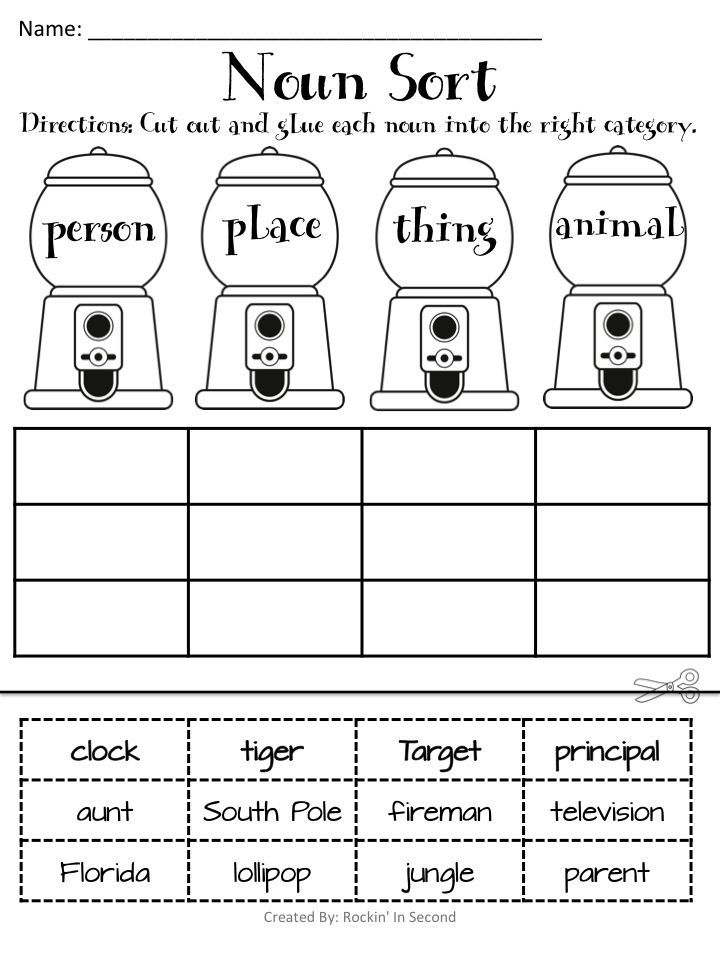 ” To play, take a piece of paper and write a sentence beginning with “Fortunately,” such as “Fortunately it was a sunny day. I wanted to play outside.” Pass the paper to the next player, who will add an “unfortunately” sentence, such as “Unfortunately, I had to clean my room.” Keep going until the story is too silly to continue.
” To play, take a piece of paper and write a sentence beginning with “Fortunately,” such as “Fortunately it was a sunny day. I wanted to play outside.” Pass the paper to the next player, who will add an “unfortunately” sentence, such as “Unfortunately, I had to clean my room.” Keep going until the story is too silly to continue.
Family letters
Help your child write letters to relatives and friends. These may include thank you notes or just a special note to say hello. Be sure to send your child a letter or card once in awhile too so that she is reminded of how special it is to get a letter in the mail. And consider finding a pen pal for your child.
Family stories
Ask your child to interview a family member about his or her life. Encourage your child to write a short biography, and include a photo or drawing, and a meaningful quote from the relative. Your child may want to share it with family members.
Reader's theater
Encourage your child to read her stories out loud.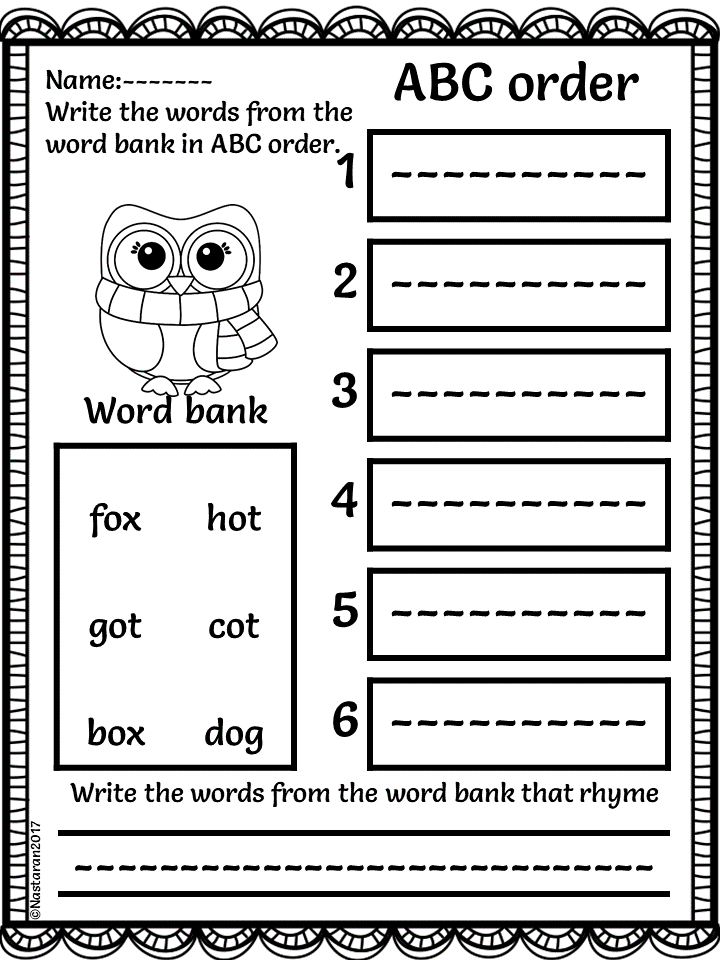 Listen carefully with patience, and give positive feedback about her ideas and her writing!
Listen carefully with patience, and give positive feedback about her ideas and her writing!
Bookmaker
Turn your child's writing into books. Paste her drawings and writings on pieces of construction paper. For each book, make a cover out of heavier paper or cardboard, and add special art, a title, and her name as author. Punch holes in the pages and cover, and bind the book together with yarn or ribbon.
Field notes
Encourage your child to take notes on trips or outings, and to describe what she saw, using all of her senses. This could include a description of a walk outside, a ride in a car or a bus, or other events that lend themselves to note taking.
Young reporter
Encourage your child to take notes on trips or outings, and to describe what she saw. This could include a description of nature walks, a boat ride, a car trip, or other events that lend themselves to note-taking.
Writing to remember
If your child likes a particular song, suggest that she learn the words by writing them down.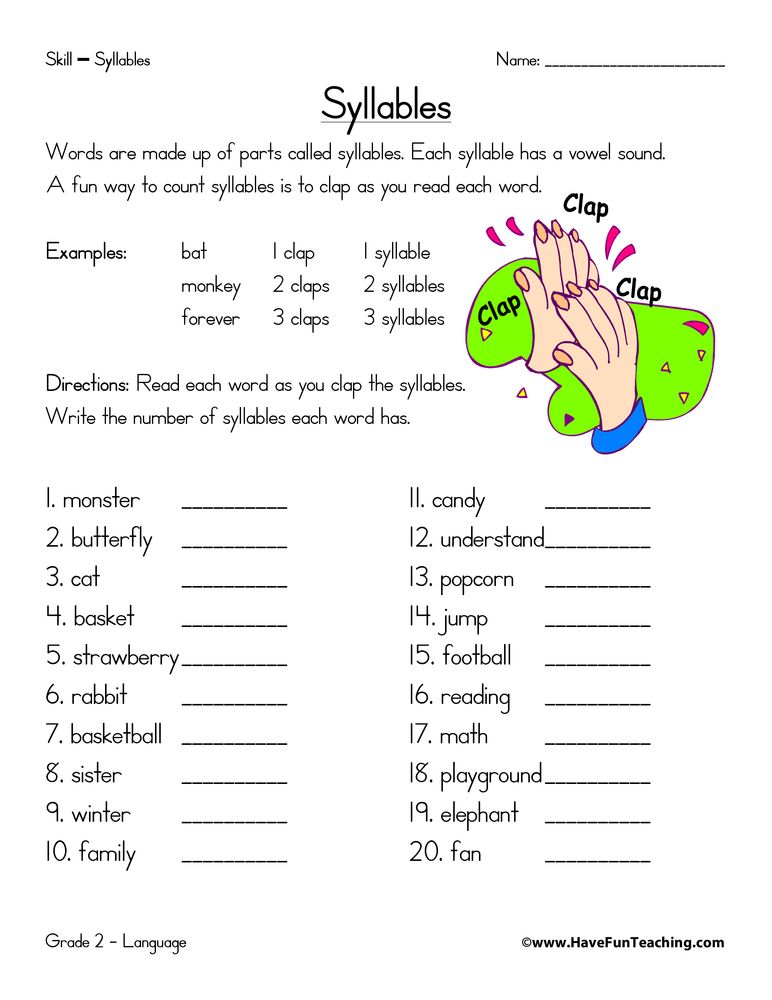 Also encourage copying favorite poems or quotations from books and plays.
Also encourage copying favorite poems or quotations from books and plays.
Play a game with pictures
Photos and images are great story sparkers. Do a web search and find a few interesting images. Or cut out pictures from magazines. The pictures can be realistic, such as a photo of students on a playground. Or they can be fantastical images, such as a superhero flying in space. Glue a couple images into a notebook. Then ask your child to write about one of them. You can prompt her, asking her to include what she sees, what the people are thinking, what will happen next—or just let her imagination run free.
Make an “I can” book
As your child learns to write, she’ll also be learning other new skills. Making an “I Can” book will let her practice writing skills and keep track of her other accomplishments. Staple together a bunch of blank sheets of paper to make a book. As your child reaches a new milestone, such as learning to tie her shoes or hit a baseball, she can draw a picture on a new page of the book.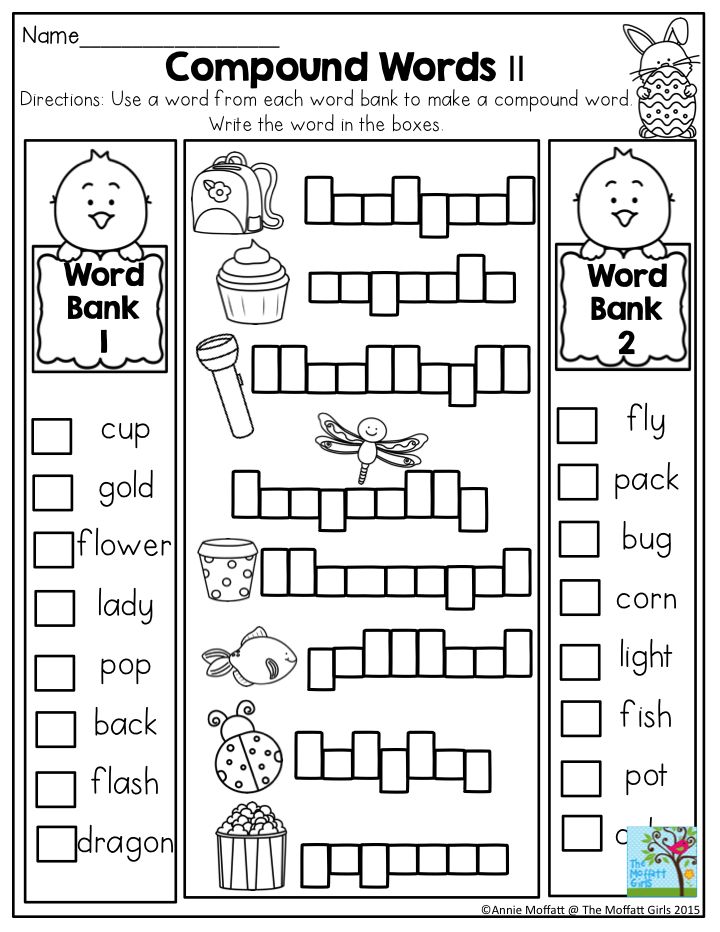 Younger kids can then write, “I can tie my shoes.” Older kids can write a few sentences about what they’ve accomplished.
Younger kids can then write, “I can tie my shoes.” Older kids can write a few sentences about what they’ve accomplished.
Create a family scrapbook
A family scrapbook is a great way to save memories and jump-start your child’s writing. Use an inexpensive photo album to keep souvenirs of things you do together. This can include photos, ticket stubs, and found objects, like pretty leaves. Your child can begin by writing the date and a line about where you were and what you did. Then, you can work together to write a more detailed summary. Don’t forget to include funny or even annoying moments!
Fostering a love of writing at home
This video is from Home Reading Helper, a resource for parents to elevate children’s reading at home provided by Read Charlotte. Find more video, parent activities, printables, and other resources at Home Reading Helper.
Writing poems
Teacher Lynn Reichle and her second-grade students go on a writing adventure called the Writers' Workshop. (From Writing and Spelling, part of our PBS Launching Young Readers series.)
More writing resources
Browse Printable 2nd Grade Writing Worksheets
Entire LibraryPrintable WorksheetsGamesGuided LessonsLesson PlansHands-on ActivitiesInteractive StoriesOnline ExercisesPrintable WorkbooksScience ProjectsSong Videos
291 filtered results
291 filtered results
2nd grade
Writing
Sort byPopularityMost RecentTitleRelevance
-
Filter Results
- clear all filters
By Grade
- Preschool
- Kindergarten
- 1st grade
2nd grade
- 3rd grade
- 4th grade
- 5th grade
- 6th grade
- 7th grade
- 8th grade
By Subject
- Fine arts
- Foreign language
- Math
Reading & Writing
- Reading
Writing
- Writing Process
- Writing Organization and Structure
- Genre Writing
- Fiction Writing
- Nonfiction Writing
- Handwriting
- Grammar
- Science
- Social emotional
- Social studies
- Typing
By Topic
- Arts & crafts
- Coloring
- Holidays
- Offline games
- Seasonal
- Teacher Resources
By Standard
- Common Core
Search Printable 2nd Grade Writing Worksheets
In second grade, young writers begin to develop complex writing abilities, building on growing vocabularies, spelling knowledge, and comprehension.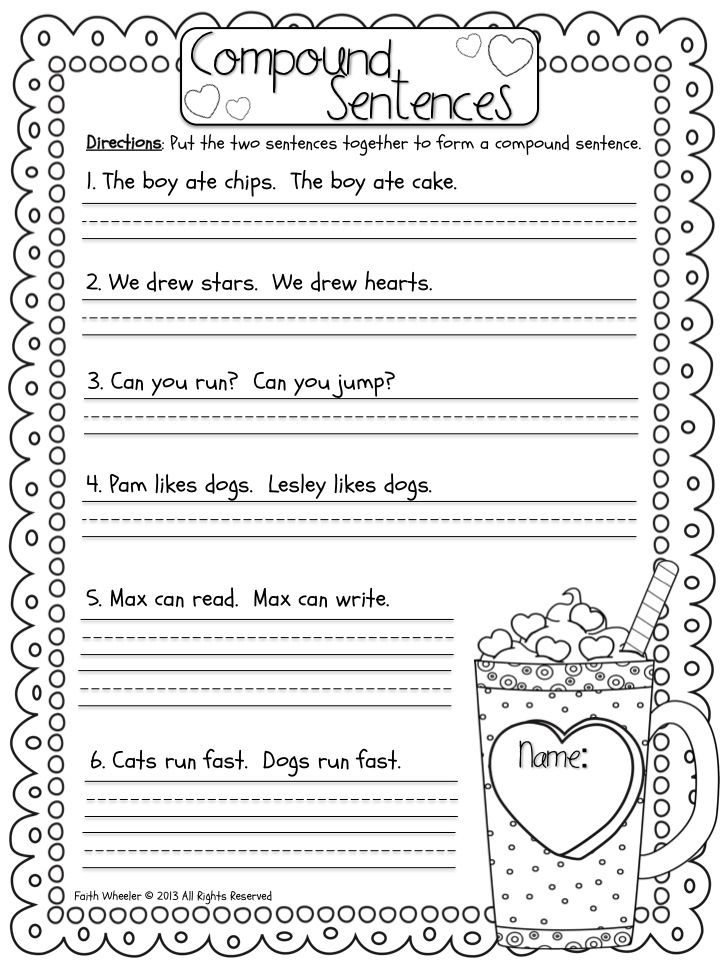 Our themed writing prompts and exercises will help kids enrich their language skills and imaginations. Once they've mastered the basics move onto our writing composition worksheets for second graders.
Our themed writing prompts and exercises will help kids enrich their language skills and imaginations. Once they've mastered the basics move onto our writing composition worksheets for second graders.
Build Writing Skills with a Fun, Varied Curriculum
Second grade is a critical time for writing skills development. The best way for students to improve as writers is to write! But it’s not always as easy as putting pencil to paper. This collection of second grade writing worksheets includes a range of activities designed to get kids excited about expressing themselves through language.
- Sharpen sentence-level grammar through exercises on verb tense, parts of speech, and plurals.
- Build kids’ vocabulary with reading passages that show advanced words in context.
- Improve spelling with exercises on homophones and the silent E.
- Encourage imagination with creative writing exercises for kids.
Mix and match these worksheets to keep reading and writing fresh, fun, and comprehensive for second graders.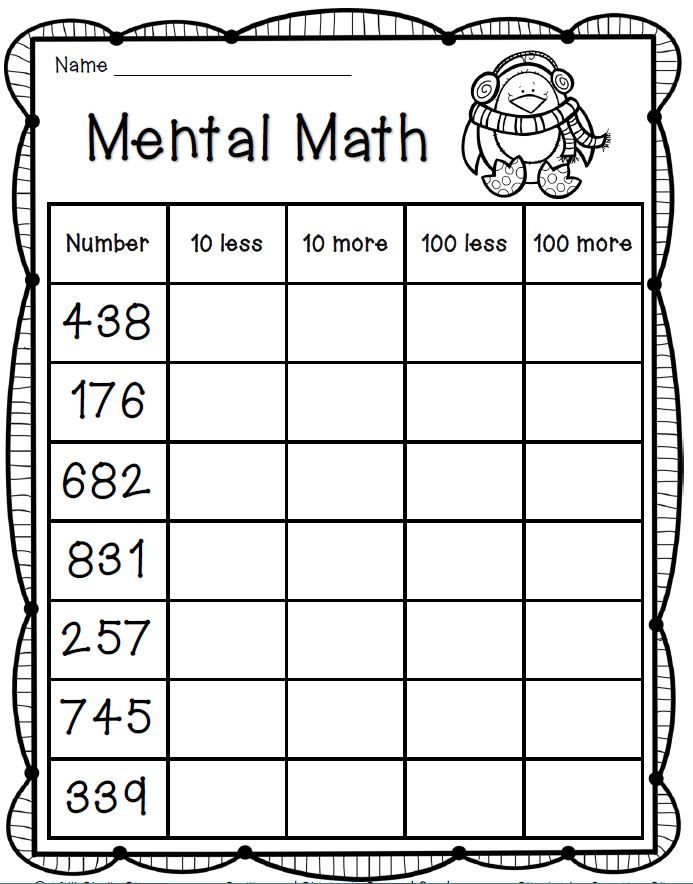 When you find what you're looking for, simply download and print each worksheet and you're all set. For kids who are ready to try longer-form writing exercises, explore story writing prompts and poetry worksheets for second graders.
When you find what you're looking for, simply download and print each worksheet and you're all set. For kids who are ready to try longer-form writing exercises, explore story writing prompts and poetry worksheets for second graders.
Outline of ex. activities "Entertaining Mathematics" Grade 2 | Outline of a lesson in mathematics (grade 2):
Abstract of an extracurricular lesson in mathematics in grade 2
Topic: "Entertaining mathematics"
Form of conduct: Game by stations.
Purpose of the game: consolidation and control of knowledge.
Form of organization of students: groups of 7 people.
Purpose: Increasing interest in the study of mathematics, developing the creative abilities of students, logical thinking. Updating existing knowledge in mathematics.
Tasks:
- Educational:
- Strengthen the ability to solve compound problems, find the meaning of expressions with and without brackets, calculate the length of a polyline.
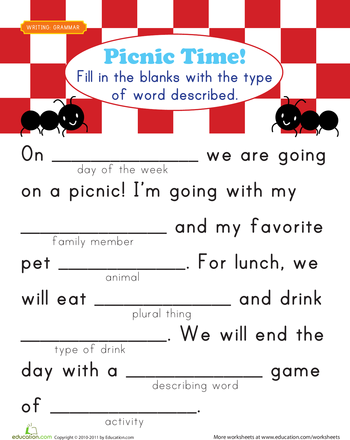
- Strengthen the skills of measuring geometric shapes.
- Continue to develop the ability to compare, to choose rational ways of doing work.
- Educational:
- Develop the ability to work in a team.
- Foster cooperation and collectivism, team spirit.
- Develop the ability to follow the established rules of the game.
- Increase interest in the study of mathematics.
- Contribute to the cohesion of the children's team through work in teams, the implementation of a common task.
- To instill love for Russian folk tales.
- Cultivate a sense of compassion, a desire to help others.
- Developing:
- Facilitate the practical application of the skills and abilities acquired at.
- To develop speech, thinking, emotional-volitional (feelings, experiences, will) and need-motivational spheres of the personality of students.
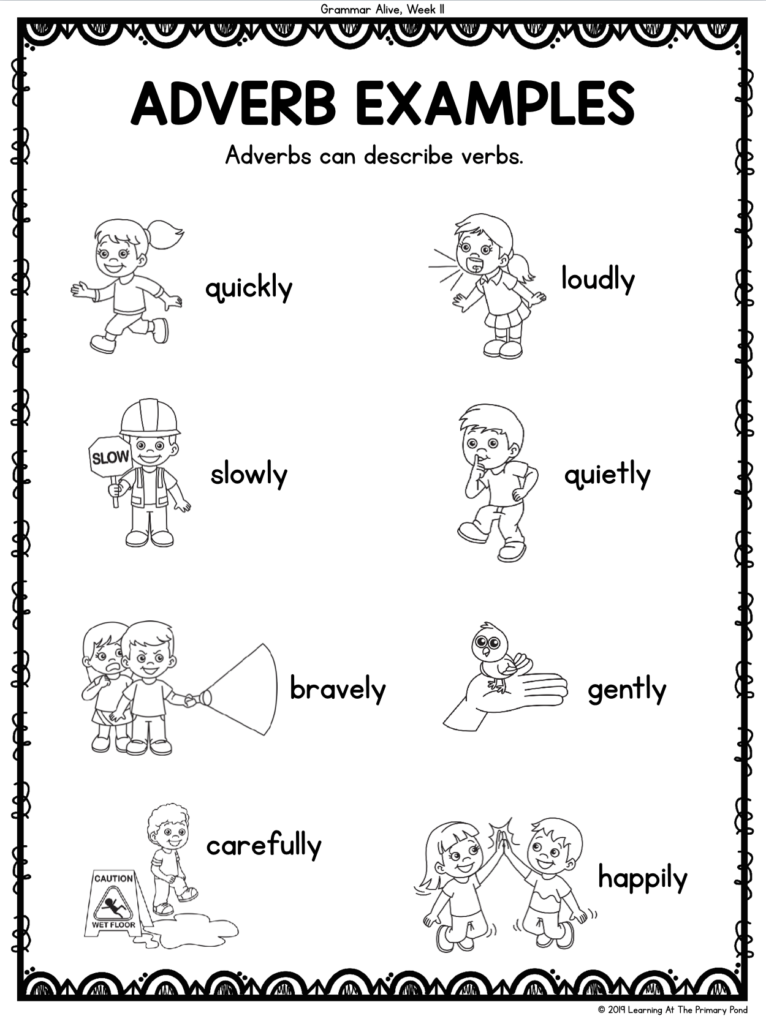
- To develop mental activity through the performance of tasks of increased difficulty.
4. Contribute to the health of students through frequent changes in activities and physical activity during class.
Equipment and materials: overhead projector, presentation CD, team directions, colored team badges (red, yellow, green), task cards, pie plates, golden candy tree, decorations (image) stations "Stove", "Yablonka", "River"), large cards of numbers and mathematical signs, a bell, pens, pencils, rulers, a high school student in the role of Baba Yaga., a recording of the song "It's fun to walk together."
Lesson plan:
| Stage of lesson | Time, min | Foreign | Form | I. Organization started. | 1 | Get students working | Oral | Front | |
| II. | 33 | ||||||||
|
| 5 | To interest students, explain the topic and form of the lesson, remember the fairy tale "Geese-swans" | oral | frontal | emblems for teams | ||||
| 2. Explanation of the rules of the game. Repetition of the rules of teamwork | 2 | Introduce children to the essence of the game, consolidate students' knowledge of the rules of teamwork. | Oral | frontal | |||||
| 0018 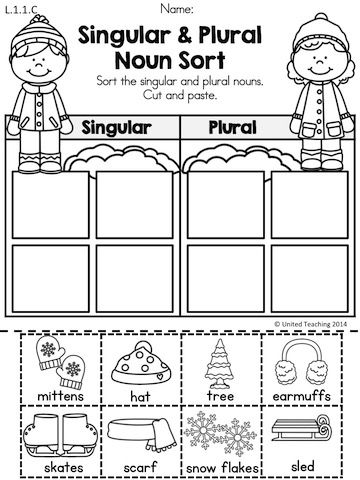 | Written | Group work | cards with tasks (pies, apples, stones), a plate for pies and apples, decorations (image of stations "Stove", "Apple") , bell, pens, pencils. | ||||||
| 5. Meeting of the teams at the finish line "In Baba Yaga's hut". Completing the last task | 5 |
| Written | Group work, then frontal | Task cards, pens. pencils, rulers, decoration "Baba Yaga's Hut" | ||||
| 6. Rewarding students with sweet prizes |
Course of the lesson:
- Organization of the beginning of the lesson.
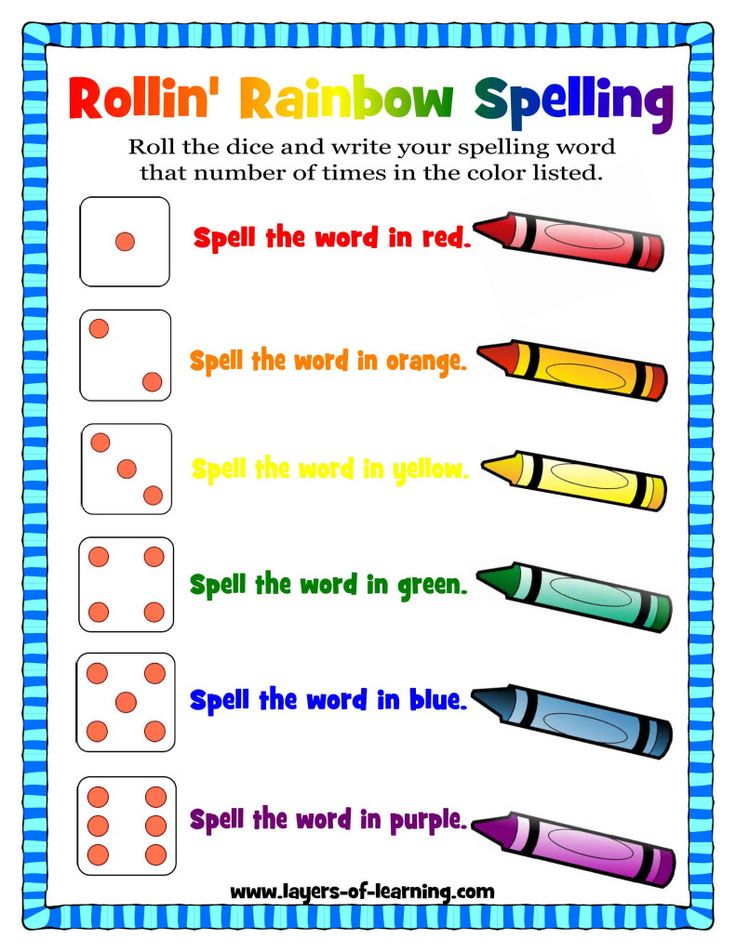
Pupils go to the classroom, stand in a semicircle in their team. The composition of the teams and captains are determined before the start of the game. Each team has colored emblems - red, yellow and green.
The teacher asks to greet the guests. The students turn to the guests and greet them.
- Main part.
- The teacher explains the topic and form of the lesson.
- Guys, look at the design of the class, what do you think our lesson is about?
- Why are we holding it?
- Today we will play a game of stations called Fairy Math. Why do you think this game is called that?
- Because the game will be connected with a fairy tale.
- Right. Our game will take place according to the plot of the Russian folk tale "Geese-Swans". I asked you to read and remember this fairy tale at home. Who can briefly retell it?
A student from team 1 starts, from team 2 continues, from team 3 finishes briefly retelling the tale.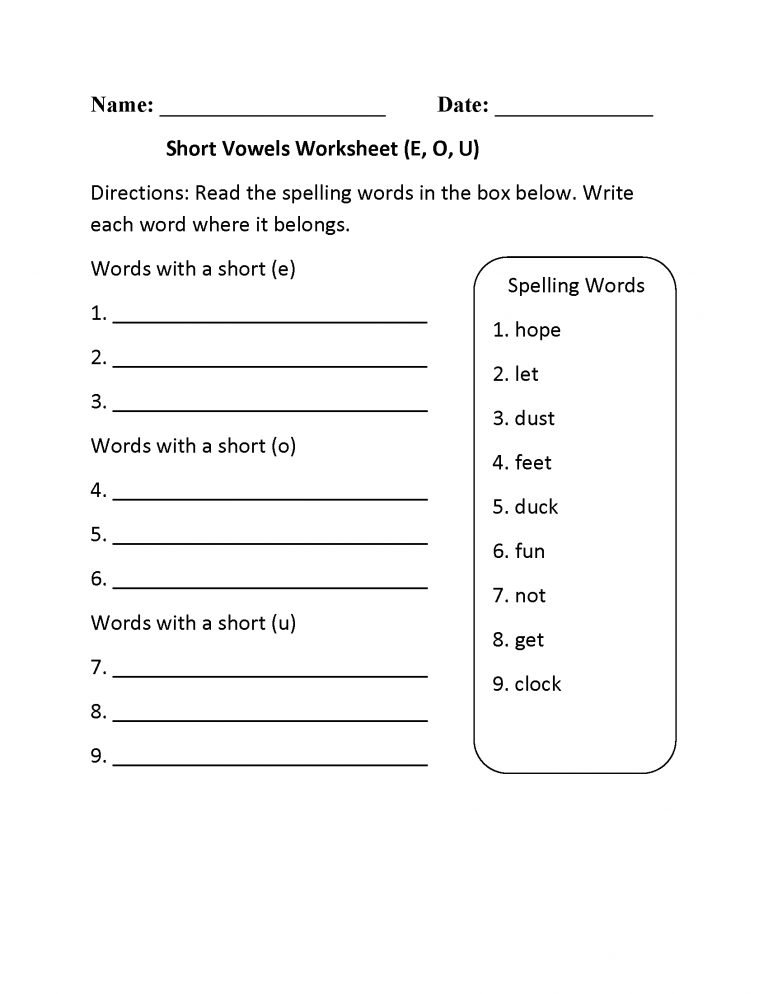
- Well done. You have read the story.
So, sister Alyonushka did not save her brother Ivanushka, and the swan geese took him to the hut of the evil Baba Yaga. Let's listen to the appeal of Baba Yaga.
- Well, let's help Alyonushka save her brother?
- Let's help!
- This is where our knowledge of mathematics will come in handy. Baba Yaga really loves to count and measure. Therefore, she prepared mathematical tasks for you. Well, are you ready? Then I explain to you the rules of the game.
- Explanation of the rules of the game. Repetition of the rules of teamwork.
- You will work in teams. Each team has its own emblem - red, yellow or green. Let's remember the rules of teamwork. (Children list)
- Work together, listen to the opinion of each team member, and then choose one correct solution, talk quietly without disturbing other teams, do not argue.
- Teams must complete tasks at three stations.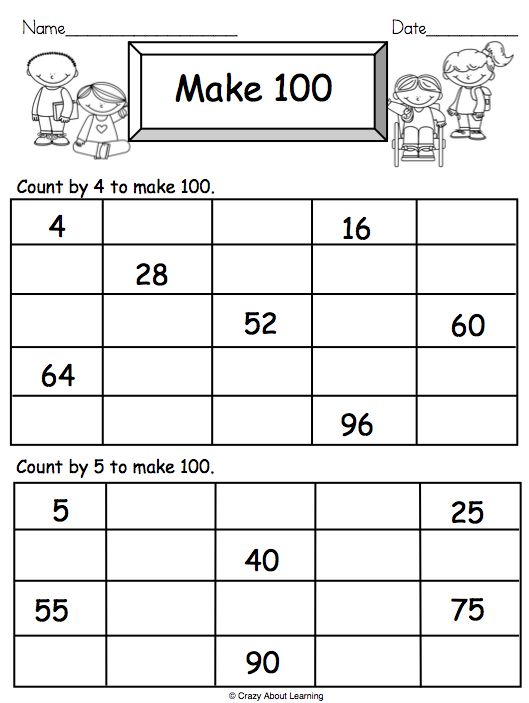 Let's remember who Alyonushka met on the way to Baba Yaga.
Let's remember who Alyonushka met on the way to Baba Yaga.
- With stove, apple tree and river.
- Right. The stations will continue to be called “Stove”, “Yablonka” and “River”. The team that is at the station reads the request of the hero of the fairy tale and completes the tasks. Each station has 5 minutes. During this time, you must have time to complete the task. When your time is up, I will let you know by ringing the bell.
3. Work with "waybills". Annex 2.
The teacher distributes to the captains of the teams waybills, which indicate the sequence of stations (the stations are depicted using the pictures "Stove", "River", "Apple Tree", "Baba Yaga's Hut").
- I have given you waybills with a sequence of stations. You will only have to travel through the stations in the order shown on the waybill. After you pass all the stations, all teams will meet at the finish line - in Baba Yaga's hut. There you will complete the task together.
4.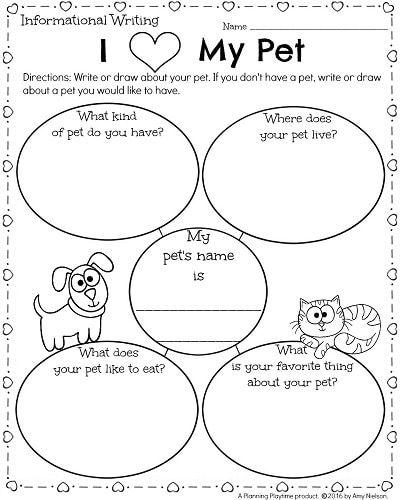 Fulfillment of tasks at stations: Oven, Yablonka, Rechka (see Appendix)
Fulfillment of tasks at stations: Oven, Yablonka, Rechka (see Appendix)
Tasks:
- Station Oven. Appendix 3, 4, 5.
Pies have been baked in the oven for a long time. They need to be taken out. To do this, the guys must write down the expressions and find their meanings.
A separate plate with “pies” has been prepared for each team. On each pie (on the reverse side), an expression is written in words. Children's task: write expressions using mathematical signs and find their meanings.
The students' attention is drawn to the scenery. A letter is attached to the Pechka, in which she asks the students for help (to complete tasks). The students read this letter, take the pies out of the oven and complete the task.
Tasks:
First command:
- Add the difference of 8 and 4 to the difference of numbers 15 and 6
(15-6)+(8-4)=13
- difference of numbers 30 and 10.
(45-20)-(30-10)=5
- To the sum of numbers 6 and 5 add the sum of numbers 7 and 9.
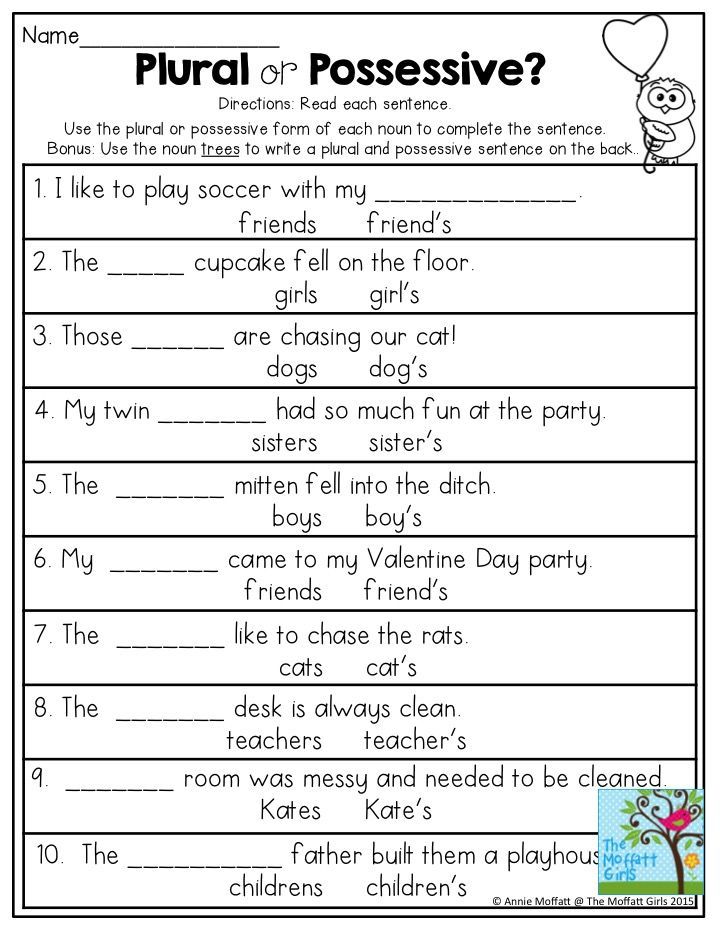 9)=30
9)=30 - From the sum of numbers 10 and 15 subtract the sum of numbers 5 and 10.
(10+15)-(5+10)=10
Second command:
- To the difference between numbers 85 and 40 add the sum of numbers 6 and 7
(14+20)+(16-6)=44
- Subtract the sum of 8 and 7 from the difference between 65 and 30
(65-30)-(8+7)=20
- From the sum of numbers 13 and 20 subtract the difference of numbers 15 and 5
(13+20)-(15-5)=23
Third command:
- To the number 45 add the difference between the numbers 25 and 15 and subtract the number 10
45+(25-15)-10=45
- From the number 80 subtract the sum of the numbers 16 and 4 and add the number 15
- To the number 35 add the sum of the numbers 8 and 7 and subtract the number 25
35+(8+7)-25=25
- and add the number 8
74-(10-6)+8=78
- Yablonka station.
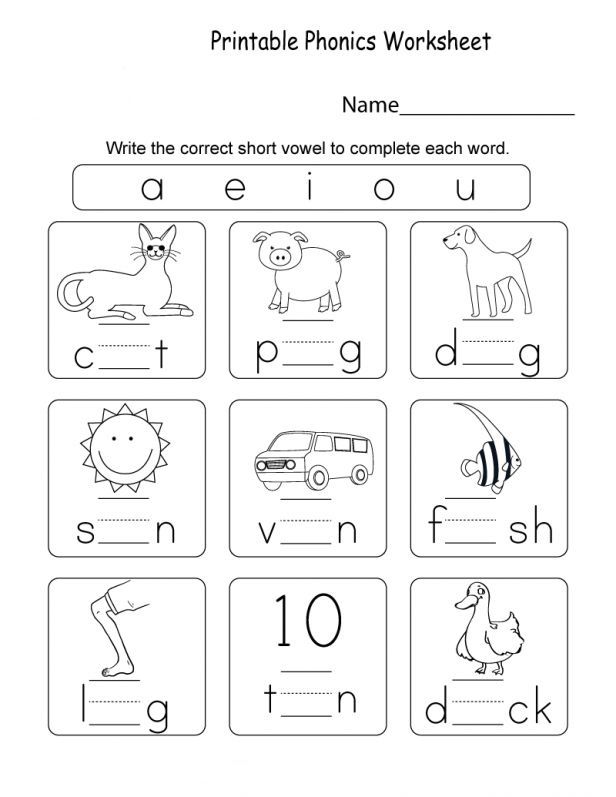 Annex 3, 6, 7
Annex 3, 6, 7
Many apples have ripened on Yablonka, and it has become difficult for the tree to keep them. You need to help the apple tree collect all the apples.
Mathematical domino game (circular examples).
There is a letter hanging near the Apple tree, in which the tree asks for help in removing heavy apples. The team takes the bullseye on which the example is written, solves it. The response received should be the beginning of the next example, and so on. Each team needs to pick 7 apples. The first apple is already on the plate.
Examples:
(74+6)-25=55 55+(90-45)=90 90-65+8=33 33-(14+9)=10 10+39+11=60 60+(14+ 7)=84
84-24+13=73 73-(11+22)=40 40+24-14=50 50+(16+14)=80 (80-45)-14=21 21+13 +7=41
41+(25+5)=71 71-11-45=15 15+(33+17)=65 65-60+93=98 (98-50)+4=42 (42+ 18)-60=0
- Rechka station. Addendum 3, 8, 9
There are three stones on the way near the river, which prevent it from running.
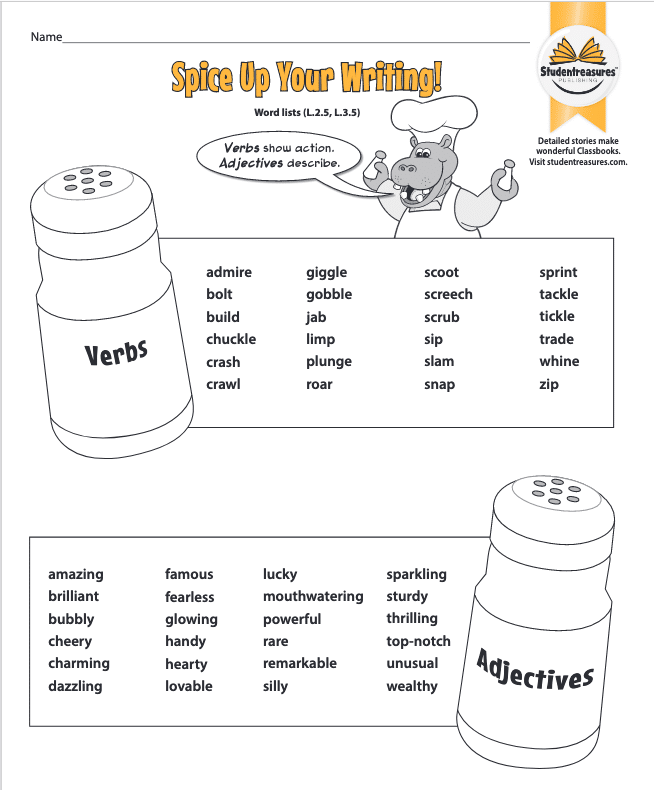 We need to remove the stones from the road. Pupils read the letter with the request of the River, which is attached to the shore.
We need to remove the stones from the road. Pupils read the letter with the request of the River, which is attached to the shore. Task for children: solve a problem written on a stone. It is necessary to make a brief record of the condition of the problem, write down the solution in the form of a single expression with brackets and the answer of the problem. Pupils complete the task on a piece of paper with their emblem, which will lie on a desk near Yablonka.
1 stone:
Vasilisa the Wise embroidered scarves. She embroidered 3 pink shawls, 6 more blue ones than pink ones, and 2 more white ones than pink and blue ones together. How many handkerchiefs did Vasilisa embroider?
Write a short note and write the solution to the problem using a single parenthesized expression. Write down the answer.
2 stone:
In the magic garden of Koshchei the Immortal grew 5 golden apple trees, 4 more silver ones, and 3 more copper ones than golden and silver ones together.
 How many apple trees grew in Koshchei's garden?
How many apple trees grew in Koshchei's garden? Write a short note and write the solution to the problem using a single parenthesized expression. Write down the answer.
3 stone:
Baba Yaga had 8 white geese, 4 less gray geese, and 2 more spotted geese than white and gray together. How many geese did Baba Yaga have in total?
Write a short note and write the solution to the problem using a single parenthesized expression. Write down the answer.
5. Meeting of teams at the finish line "In Baba Yaga's hut". Completing the last task. Appendix 10.
After completing the tasks at all stations, the teacher invites the teams to gather at the finish line - in Baba Yaga's hut.
- So, you completed all the tasks, passed all the stations.
- I (Baba Yaga) am very pleased that you can count and solve problems. I will keep my promise and give Ivanushka to my sister. But I beg you to help me more. The thing is, I have a big sweet tooth.
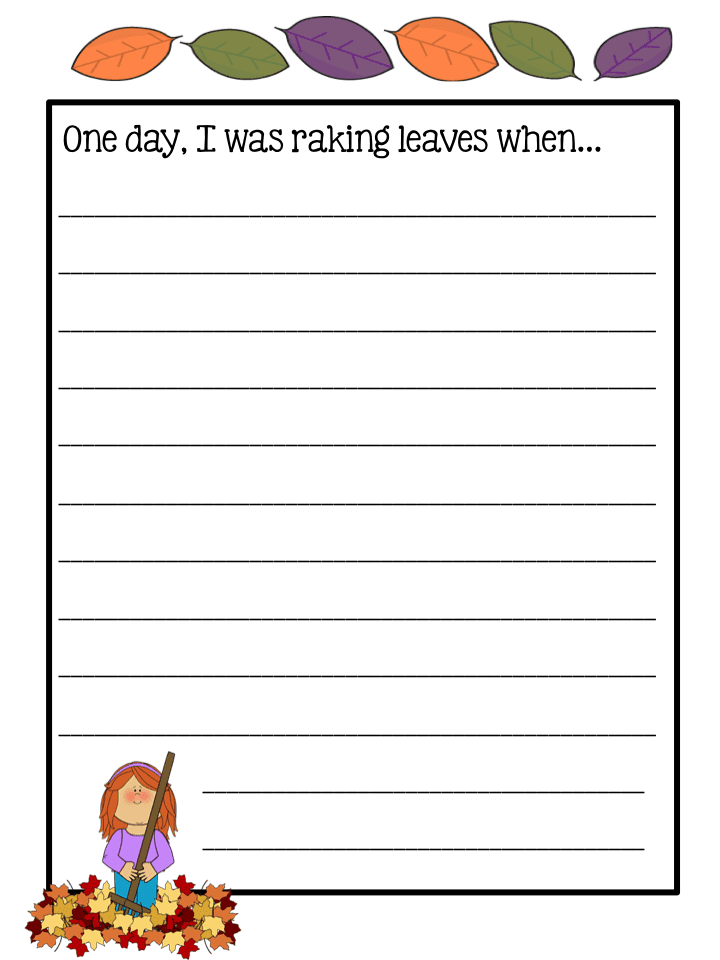 And I found out that a candy tree grows in the garden of Koshchei the Immortal. And since Koschey is very greedy, he does not treat me with sweets. So I want to teach evil Koshchei a lesson and take his tree. - Can we help Grandma? (teacher)
And I found out that a candy tree grows in the garden of Koshchei the Immortal. And since Koschey is very greedy, he does not treat me with sweets. So I want to teach evil Koshchei a lesson and take his tree. - Can we help Grandma? (teacher) - Then listen to the assignment. Three roads lead from Grandma's hut to Koshchei's garden. You need to measure the length of these roads and find out which one is shorter. Each team measures the road of its color (according to the emblem), and then 1 person from the team approaches Baba Yaga's hut and finds out which of these roads is shorter. You can write down the results of measurements and calculations on your sheets.
Each team is given a sheet with drawn roads. Roads in the form of broken lines. Each student from the team receives a sheet with the image of the roads and measures one link. The whole command then calculates the length of the polyline.
When all three teams have measured the length of their road, they collectively calculate which one is shorter.
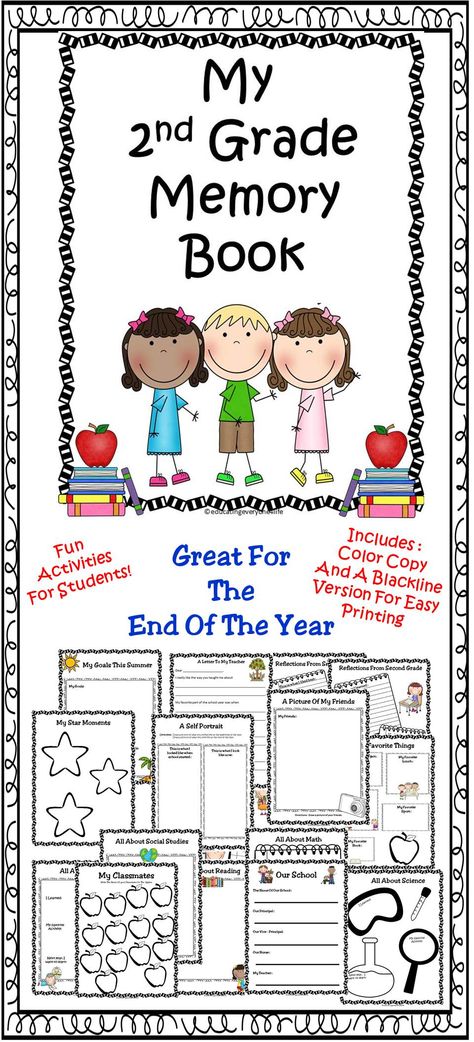
Job:
Roads in the form of broken lines.
- 4+2+8+9+3 + 6= 32 cm
- 6+1+4+2+7 + 5 = 25 cm
- 3+4+9+5+8 + 2 = 31 cm
After the students complete the task, the teacher takes out the candy tree from behind the screen. Gives
some sweets to Baba Yaga and she leaves.6. Completion of tests.
- So, guys, like in any fairy tale, there is a happy ending. What did you do to have a happy ending?
- Did you cope with the task easily or was something difficult for you?
- What qualities did you have to show?
7. Rewarding students with sweet prizes.
- Do you think you deserved the award?
The teacher gives the children candy from the candy tree.
III. Organization of the end of the lesson.
The teacher thanks the students for the good, friendly work and says goodbye to them.
The song "It's fun to walk together" sounds.
Oh! Guys, pigeons! Help me!
My pies are baked.
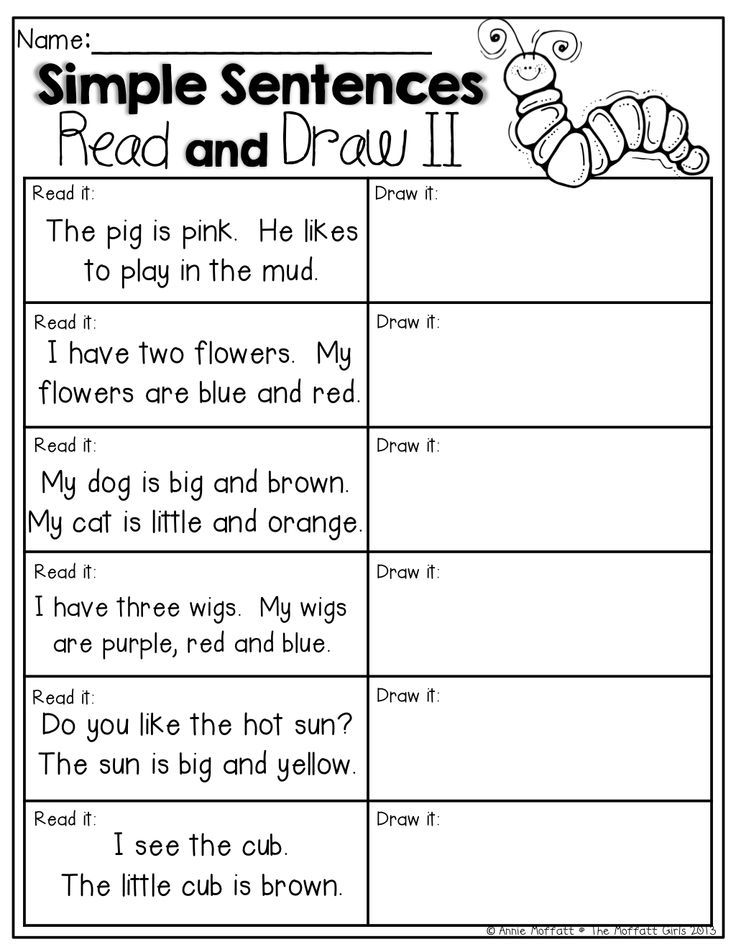
Get them out!
And to take the pies out of the oven, you need to carefully read the expressions, write them down using mathematical symbols and find the meanings of these expressions.
Your Stove
Guys, darlings! Help me!
Shake ripe apples off my branches.
And in order to collect all the apples, you need to solve circular examples. Each team collects 7 apples.
Your Apple Tree
Guys, darlings! Help me! Remove heavy stones, give room to my water!
Read the problem written on the stone, make a short note, write the solution using a single parenthesized expression, write the answer.
Each team removes a stone with its emblem.
Your river
90,000 Information about the educational organization Information about the general educational organizationSize:
A
A
A
Color: CCC
Images On off.
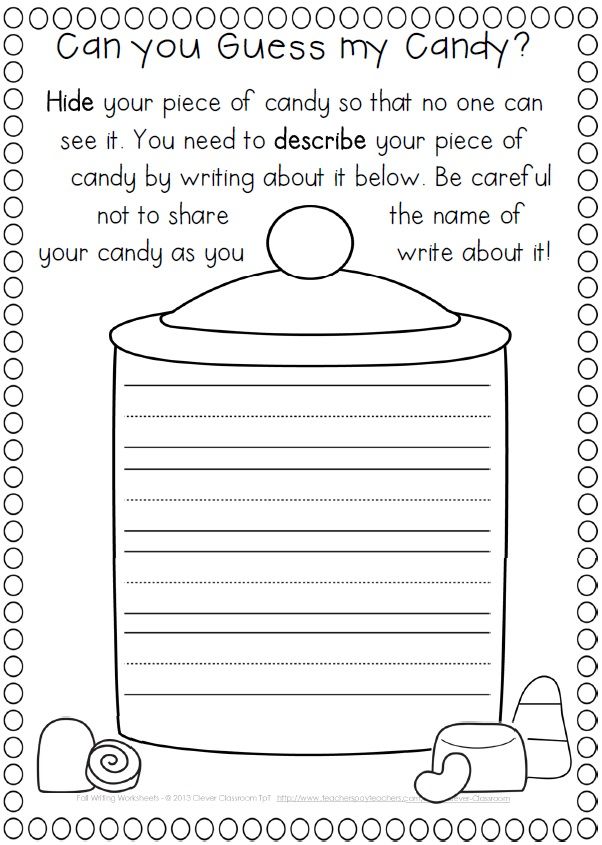
Regular site version
MAOO Secondary school No. 5
Sverdlovsk region, Sysert district, Bolshoy Istok settlement, st. Lenina, 115- About school
- Basic information
- Structure and management
- Documents
- Education
- Educational standards of the Russian Federation
- Manual. Teaching staff
- Logistics and equipment
- Scholarships and other financial support
- Paid educational services
- Financial and business activities
- Vacancies
- International cooperation
- Accessible environment
- Information
- Help
- Schedule
- Add.
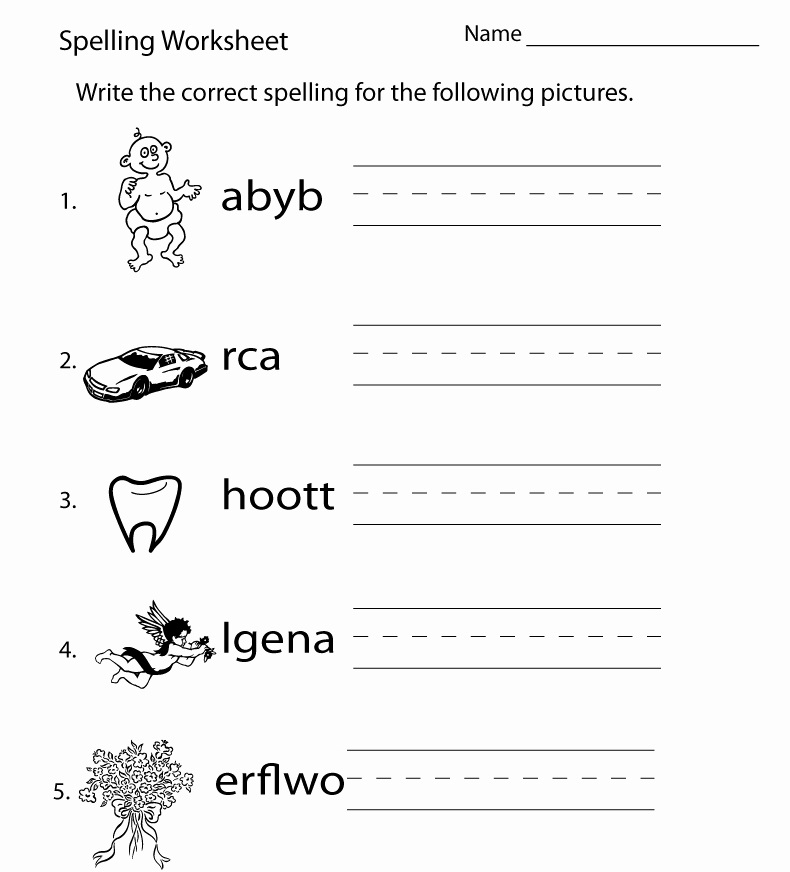

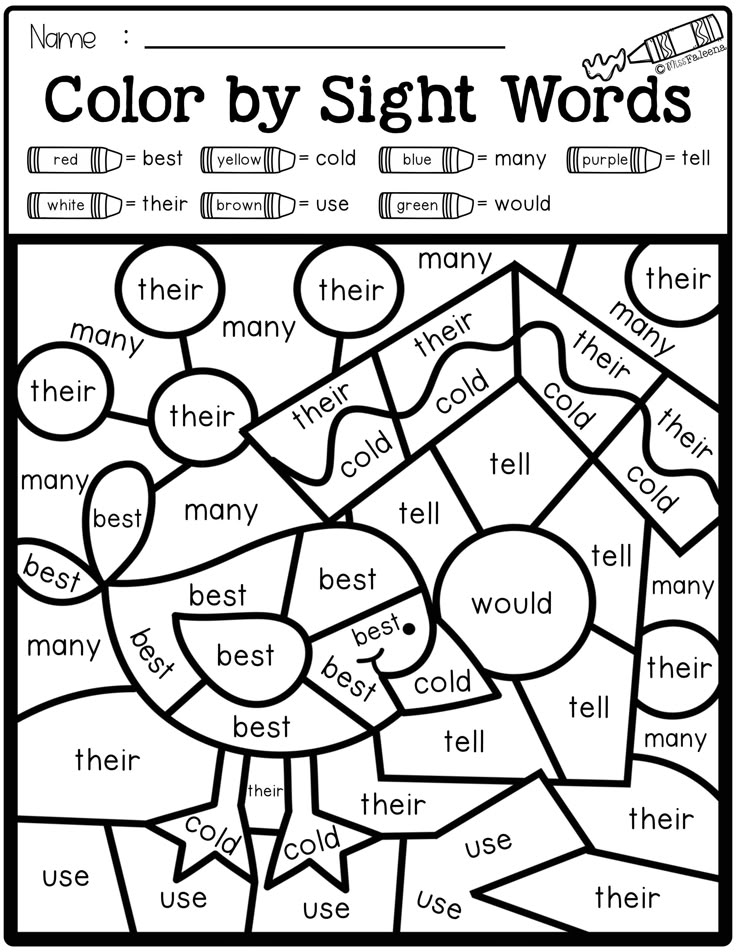 Main part.
Main part. 

